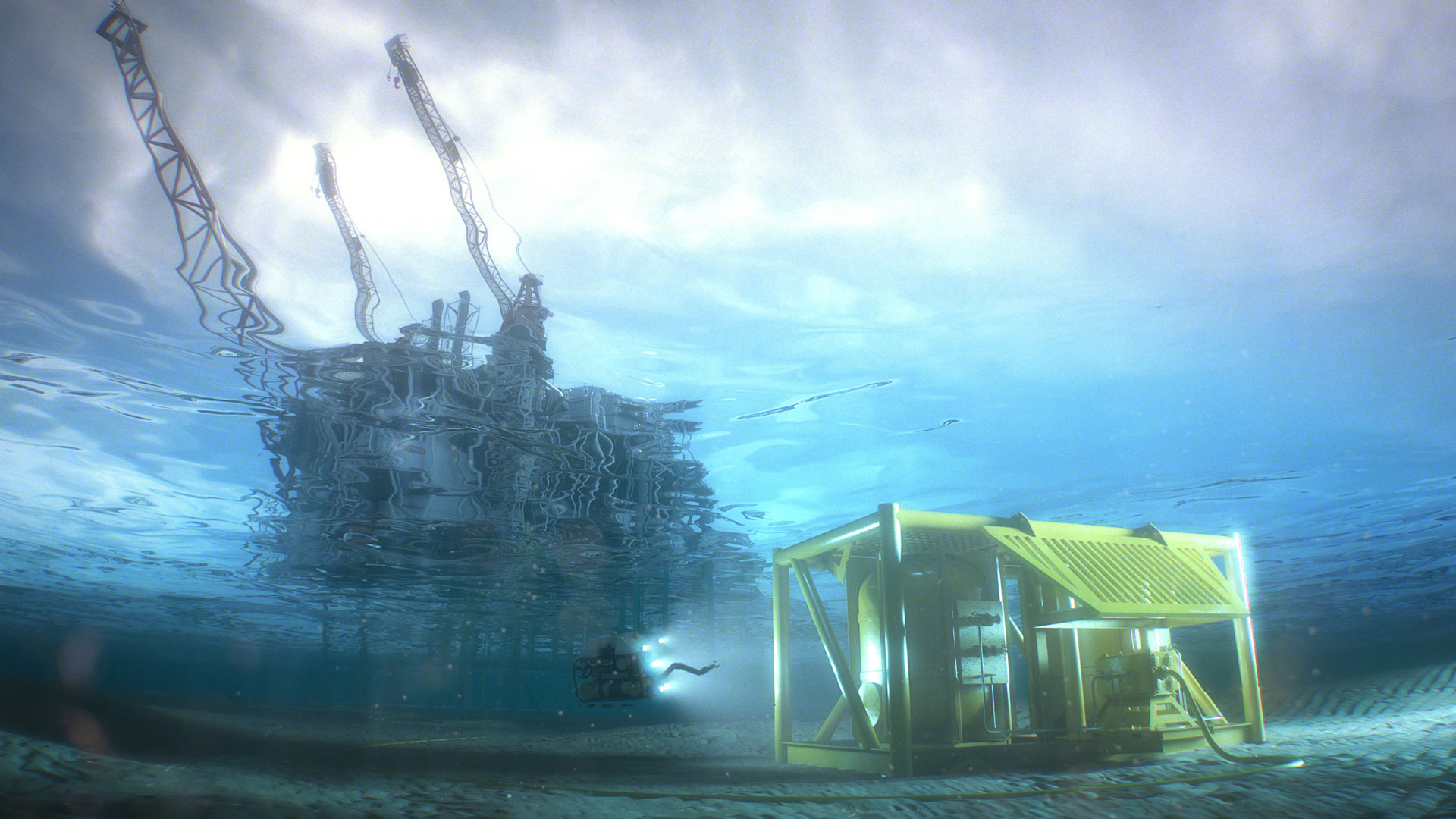Subsea Chemical Storage System
We help solve topside capacity challenges and enable cost-effective electrification, improved field economics and flow assurance.
Whenever you expand a field with new wells, your need for chemicals grows – without an obvious way to increase capacity. Our Subsea Chemical Storage (SCS) system is designed to safely store and deliver chemicals to the platform or close to the asset. The SCS system can be designed to store all production chemicals and/or enhanced oil recovery (EOR) chemicals.
Around the world, more and more offshore field developments are being planned with electrification of operations, which increases the need for vital fluid processes being as close to the wells as possible, including chemicals supply and injection.
When chemicals are needed to maintain and sustain wellstream flow assurance and prevent residue build-up, a conventional – and costly – offshore method is to inject mono-ethylene glycol (MEG) within a large umbilical. Our alternative is to store the chemicals on the seabed next to the asset eliminates the need for an expensive pipeline, as well as providing a more environmentally friendly option.
Benefits
- Debottlenecking of brown fields and tiebacks avoids weight and space impact on the platform and enhances daily oil production volumes by 5-10% with a SCS system for EOR chemicals.
- Low environmental impact and reduced refilling frequency. Expand the field without increasing emissions.
- Enable industry transition to electrification, with subsea storage located as close to the wells as possible.
Explore More
Subsea Oil Storage System
We enable emission reduction and flexible storage of oils and condensates
Flexible Pipe
Our products deliver proven, innovative, and high-performance technology suitable for shallow and deep-water applications.
Subsea Produced Water Treatment Technology System
Take your produced water treatment process to the seabed with robust and consistently performing technology.
Partnering with Equinor and OGTC to drive the reduction of CO2 emissions
NOV signed an agreement with Equinor and the OGTC as a part of the qualification for an oil and condensates unmanned subsea storage system.
